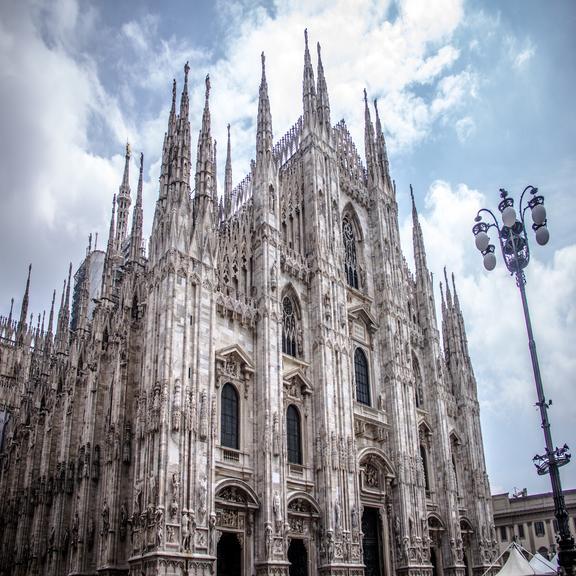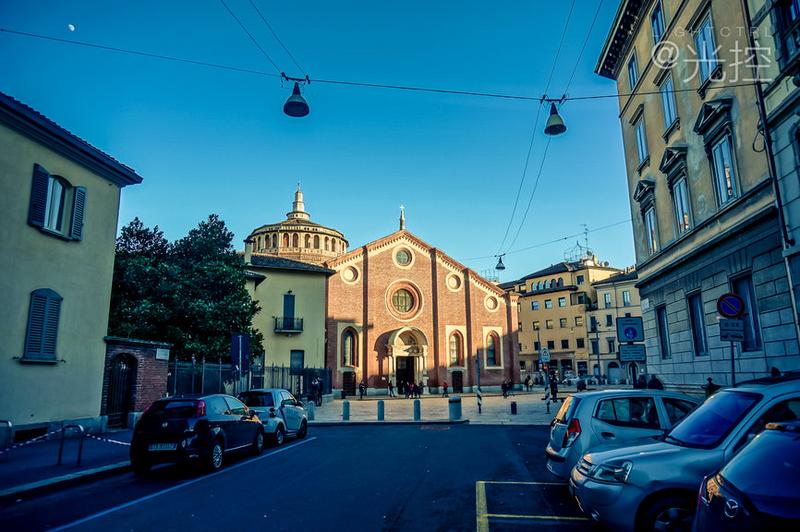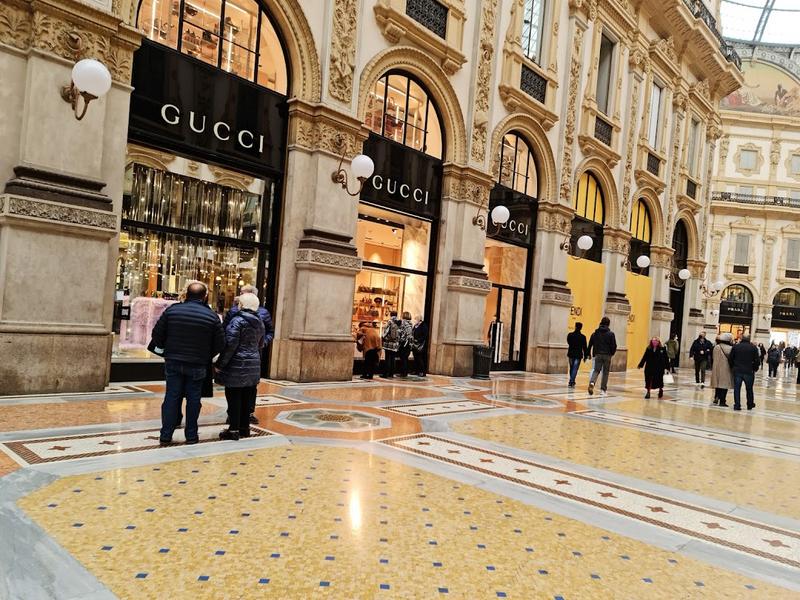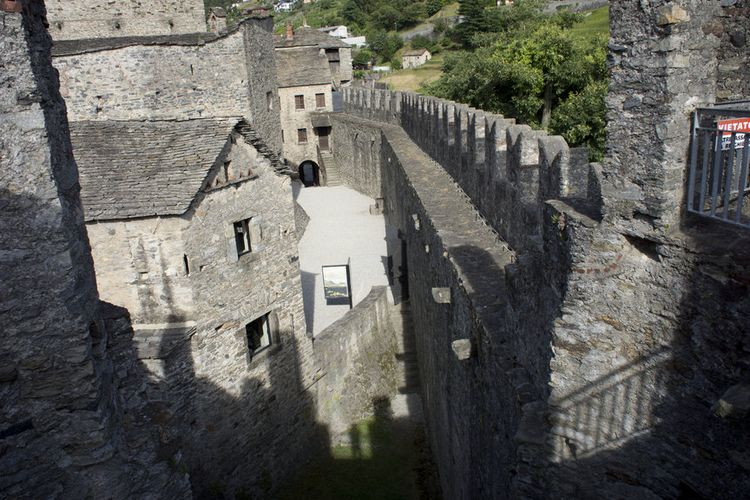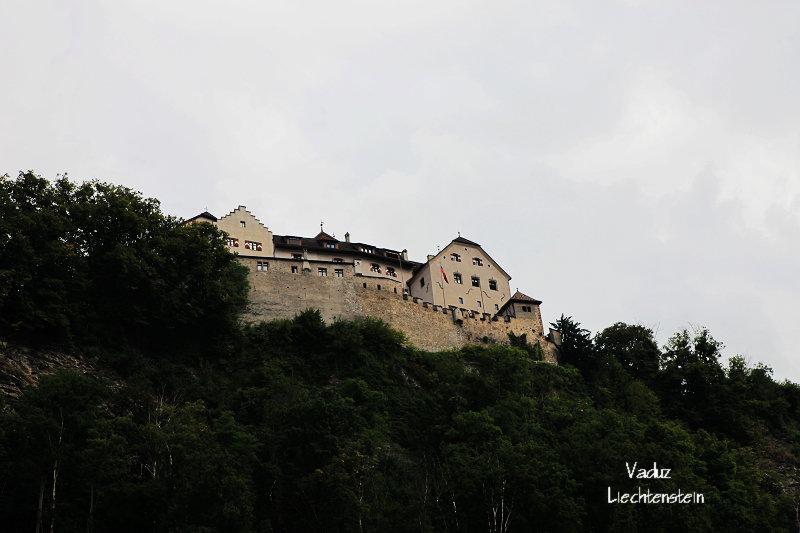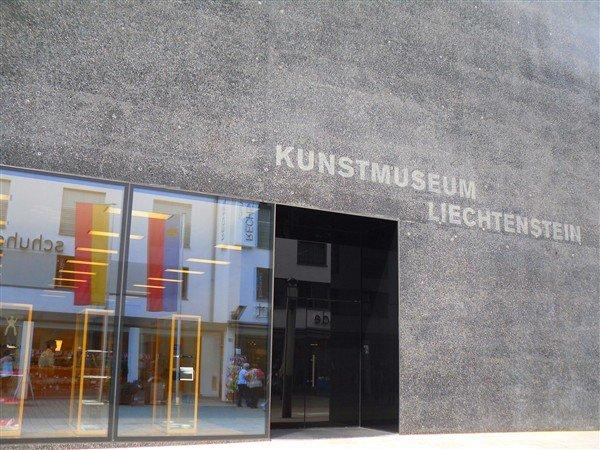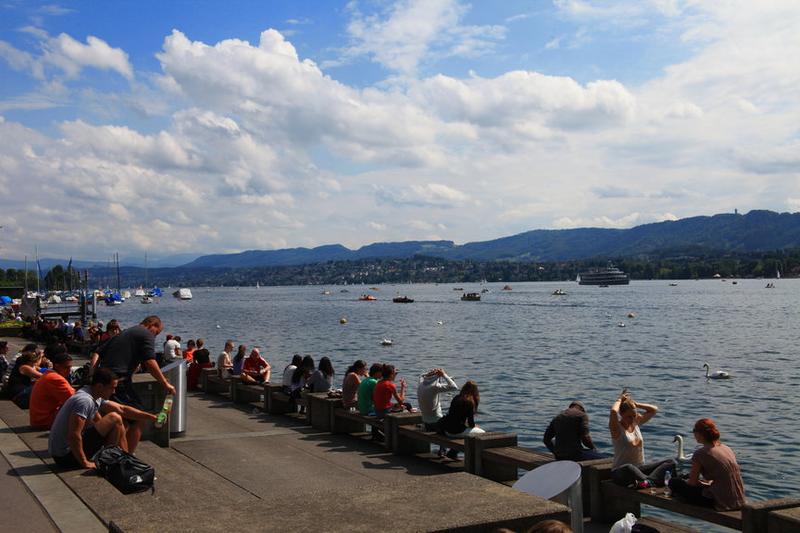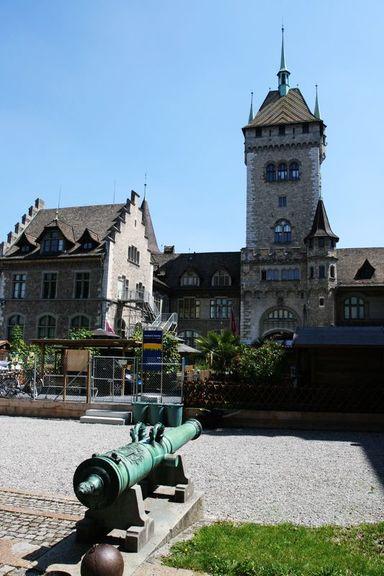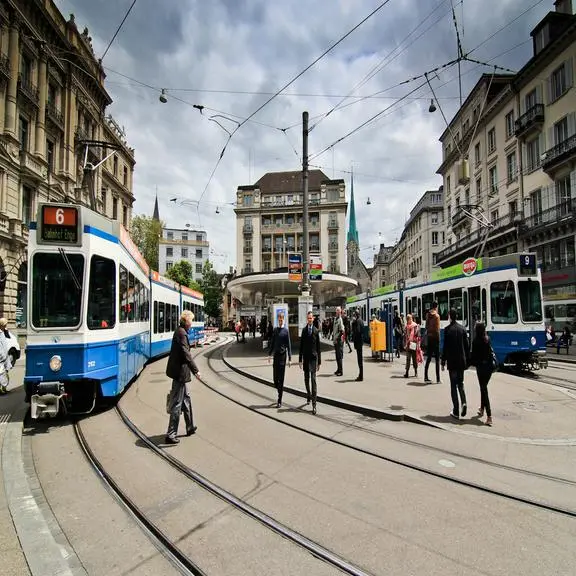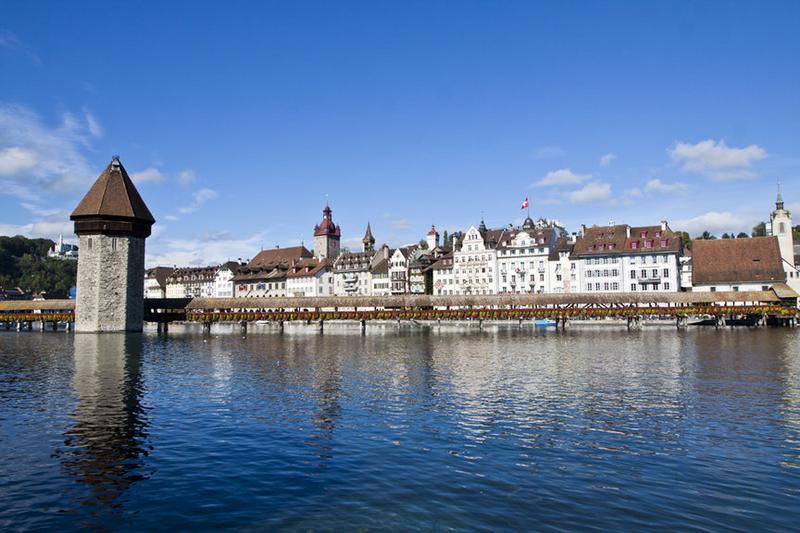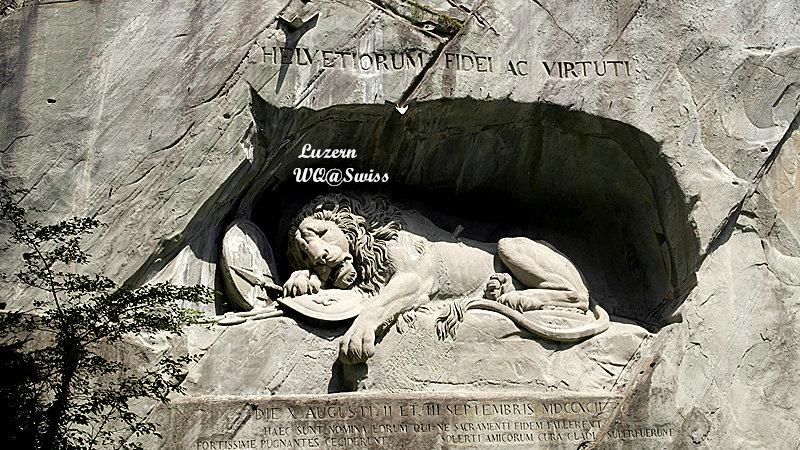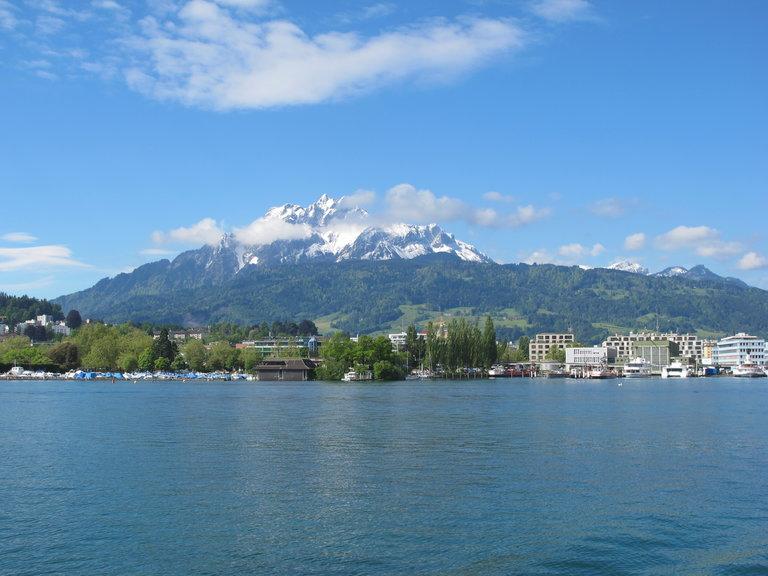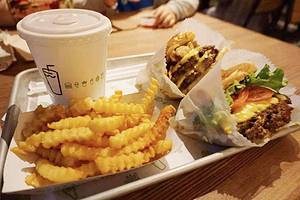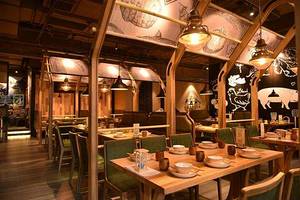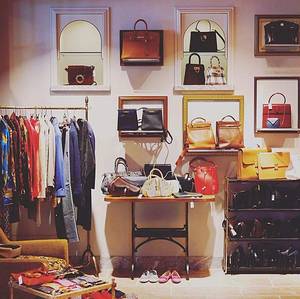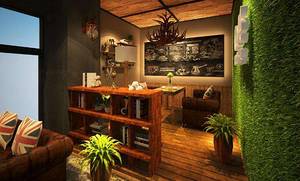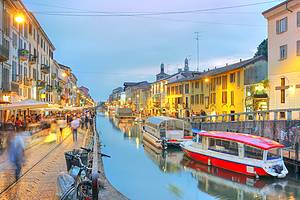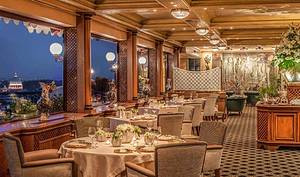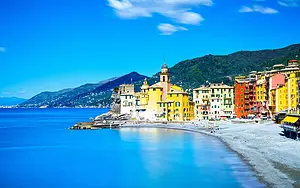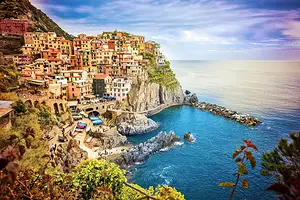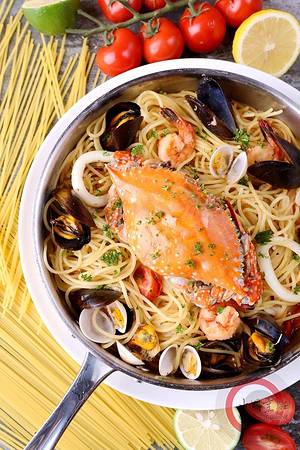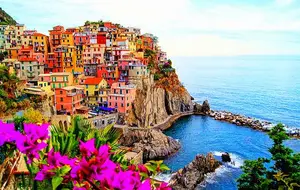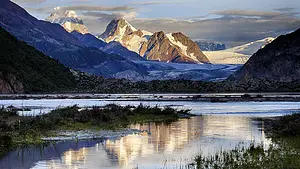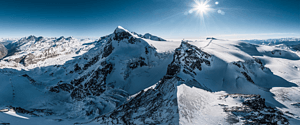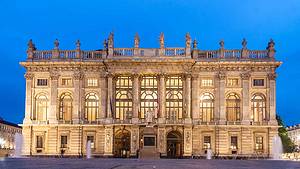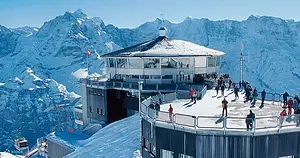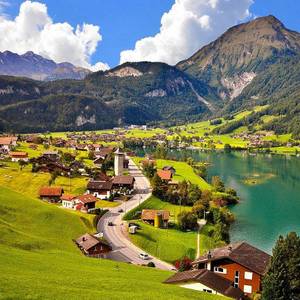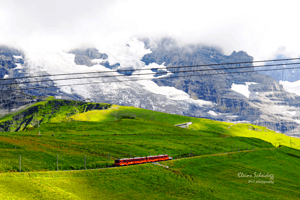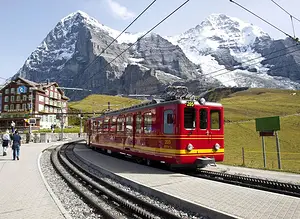Milan to Zurich: 5 Days of Cultural Exploration
5 cities |
12 attraction(s) |
total distance 320
km
 TIPS
TIPS
Day1
Day2
Day3
Day4
Day5
Day1: Milan
3 attraction(s) ·
4 km
1
Milan Cathedral, also known as Duomo, is the iconic building in the center of Milan and the city's main cathedral. Construction of the cathedral began in 1386 and took over four centuries to complete, finally reaching completion in 1812. The intricate detailing continued until 1960, when the final bronze doors were installed. Over time, the cathedral has become a combination of multiple styles, with baroque decorations complementing gothic-style spires, creating an extravagantly divine atmosphere from top to bottom. The gilded statue of the Virgin Mary stands guard over the city, while the basement glass coffin inside the cathedral houses the remains of the red-robed archbishop San Carlo Borromeo, who passed away in 1584. In 1805, Napoleon was coronated as King of Italy in the cathedral. However, during World War II, the cathedral's front door was bombed, leaving visible scars to this day.
2
km
2
Although the monastery itself is not very famous, the presence of Leonardo da Vinci's "The Last Supper" mural has attracted a large number of tourists to come and admire it. However, it is not easy to see this mural and requires booking in advance. Due to the passage of time and incorrect restoration methods in the 19th century, the colors of the mural have now become very pale.
2
km
3
Mall housed in a glass-covered 19th-century arcade with luxury clothing brands & upscale dining.
Day2: Bellinzona
1 attraction(s) ·
0 km
1
The Castello di Bellinzona is a fortress built in the 15th century by the Duke of Milan to defend against the Swiss Confederacy. In 1500, the defensive structure was peacefully transferred to the Swiss Confederacy in exchange for mercenary services. Today, the castle is still well-preserved and is renowned as an important witness to the medieval defense system in the Alpine region.
Day3: Vaduz
2 attraction(s) ·
1 km
1
Vaduz Castle is usually closed to visitors, but the surrounding scenery is stunning. From the ridge, you can see the maze-like mountain roads and the panoramic view of Vaduz. Every year on National Day (August 15th), the Prince of Liechtenstein invites all citizens to his residence for a drink.
1
km
2
In the center of Vaduz, there is a black cube building, which is the Liechtenstein National Museum of Art. The museum showcases a variety of modern and contemporary art, including artworks from the local Vaduz area and from around the world. Additionally, the museum also houses the art collection of the Liechtenstein royal family.
Day4: Zurich
3 attraction(s) ·
4 km
1
The glacial Lake of Switzerland is located in the northeast of the plateau and extends southeastward from the city of Zurich. The lake is at an altitude of 406 meters and has a crescent shape, stretching 29 kilometers from southeast to northwest, with a maximum width of about 4 kilometers and a minimum width of only 1 kilometer. The lake covers an area of 88 square kilometers, with the northwest being deeper, reaching a maximum depth of 143 meters, while the southeast is relatively shallow.
The surrounding terrain of the lake is gentle and is often covered with vineyards and orchards. When looking south, the beautiful Alps can be seen. The lake is home to a large number of water birds, and signs have been set up along the shore for people to observe them. The most famous and easily identifiable species of water bird is the swan, with its snow-white body and plump appearance unmatched by other water birds.
Pigeons and seagulls can often be seen gathered together by the lake, sometimes soaring in the air, sometimes playing with swans on the water's surface and sometimes flapping their wings to forage at the lakeside. Tourists by the lake always attract a large number of seabirds, which compete to divide the food. The unique scene of people and birds living in harmony by the lake forms a unique landscape.
3
km
2
Located across the train station in Switzerland, the Swiss National Museum (Schweizerisches Landesmuseum) was founded in 1989 as a well-known comprehensive museum in Switzerland. The museum primarily collects artifacts related to Swiss history and culture from the Neolithic era to the present. As the largest museum in Switzerland, it covers various eras such as stone tools, handicrafts, art, and humanities including paintings, providing a real display of thousands of years of European history.
1
km
3
Bahnhofstrasse, also known as the Station Street, is one of the longest shopping streets in Europe. Besides being one of the most expensive shopping places in the world, the street is also the real golden spot of Zurich. It is a stunningly beautiful sight, with luxury brands and private banks from all around the world. Bahnhofstrasse starts at Zurich's main railway station, runs along the Limmat river on the left bank of the commercial center, and eventually reaches the Burkliplatz on the shores of Lake Zurich after a 1.4-kilometer walk. The street is lined with lime trees, and only trams are allowed through to ensure air quality, while cars are not allowed to enter. This historic street was formerly Zurich's old city wall until it was demolished and rebuilt as a shopping street in 1867. With its fashion boutiques and numerous private banks, Bahnhofstrasse is on a commercial level comparable to New York's Fifth Avenue.
Day5: Kriens-Luzern
3 attraction(s) ·
2 km
1
The Kapellbrücke is a 204-meter (670-foot) wooden covered bridge that spans the Reuss River at the outlet of Lake Lucerne in Switzerland. It is a famous tourist attraction and landmark of Lucerne. The bridge was built in 1333 for defense purposes and is brown in color with a red roof. It houses approximately 120 paintings from the 17th century depicting the history of Lucerne. However, most of the bridge was destroyed in a ship collision in 1993, but was quickly rebuilt to its original form. The current bridge is a reconstruction built after 1993. In the middle of the bridge is an octagonal water tower that is 140 feet tall and was historically used as a prison, torture chamber, lookout and treasury. On the north bank of the Kapellbrücke is the St. Peter's Church, which is why it is commonly called the "Church Bridge".
1
km
2
This dying lion statue, measuring 10 meters long and over 3 meters tall, was carved by a Danish sculptor in 1821 on natural rock. The statue depicts a suffering lion lying on the ground with a broken spear through its shoulder, next to a shield adorned with the Swiss coat of arms. The purpose of the statue was to commemorate the 786 Swiss mercenaries who sacrificed themselves on August 10, 1792, to protect the safety of the Louis XVI family inside the Tuileries Palace in Paris. There is also a description of the event inscribed below the statue.
At the time, Switzerland was a poor and backward country, and many men became mercenaries in various European countries to make a living. Swiss mercenaries were loyal to their employers and were brave warriors. However, the brutality of the mercenary system is often masked by honor and money. After this event, Switzerland stopped exporting mercenaries, leaving only the famous Swiss Guard to serve the Vatican.
Due to its depiction of loyalty and bravery, the Swiss Guard of the Vatican has been in service to this day. Mark Twain later came to Lucerne and praised this "the most tragic and touching statue in the world," which has been engraved in people's hearts ever since.
1
km
3
This scenic park is naturally pristine and particularly worth a visit. Its lake is crystal clear and can reflect the spectacular views of the Pilatus mountains and the cityscape of Lucerne. It is truly breathtaking.
